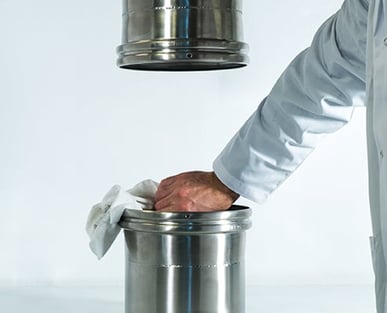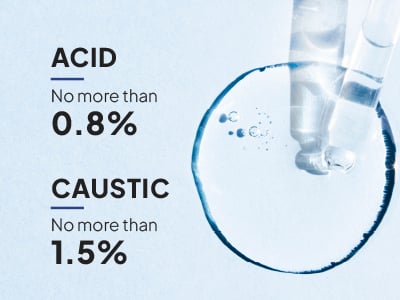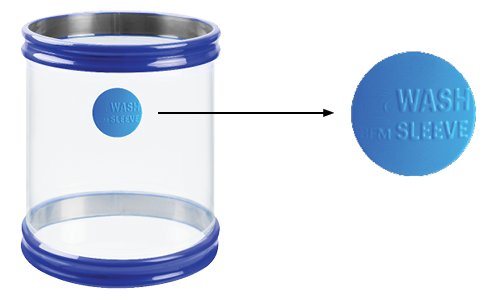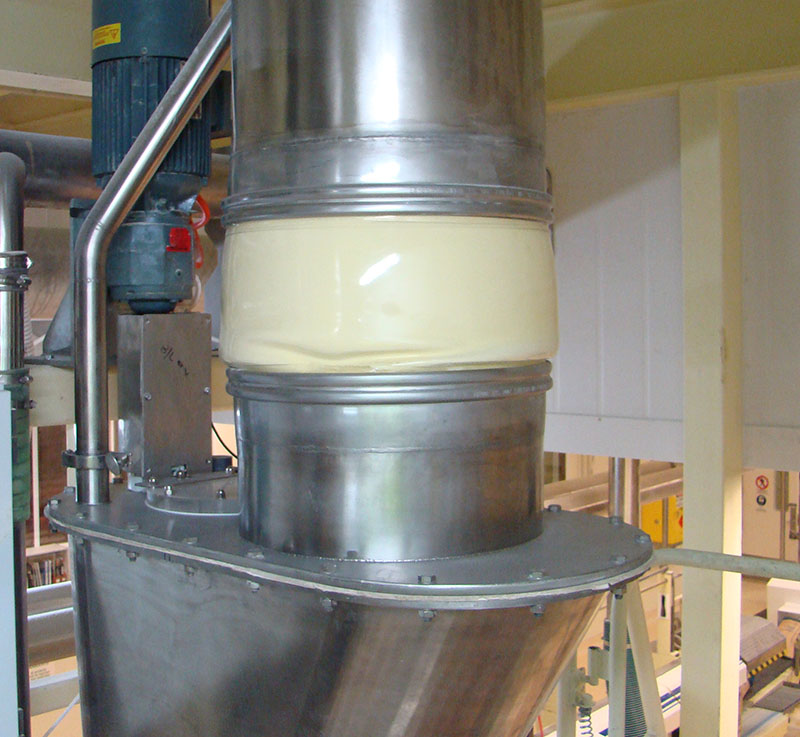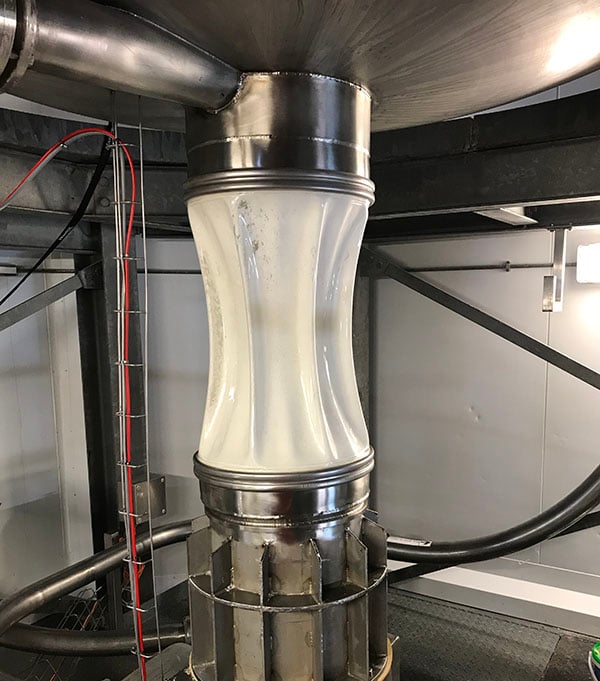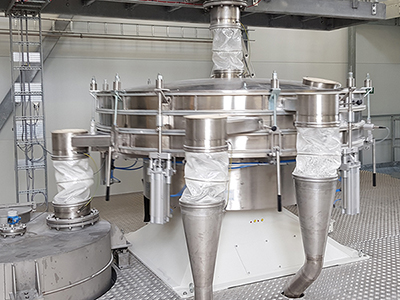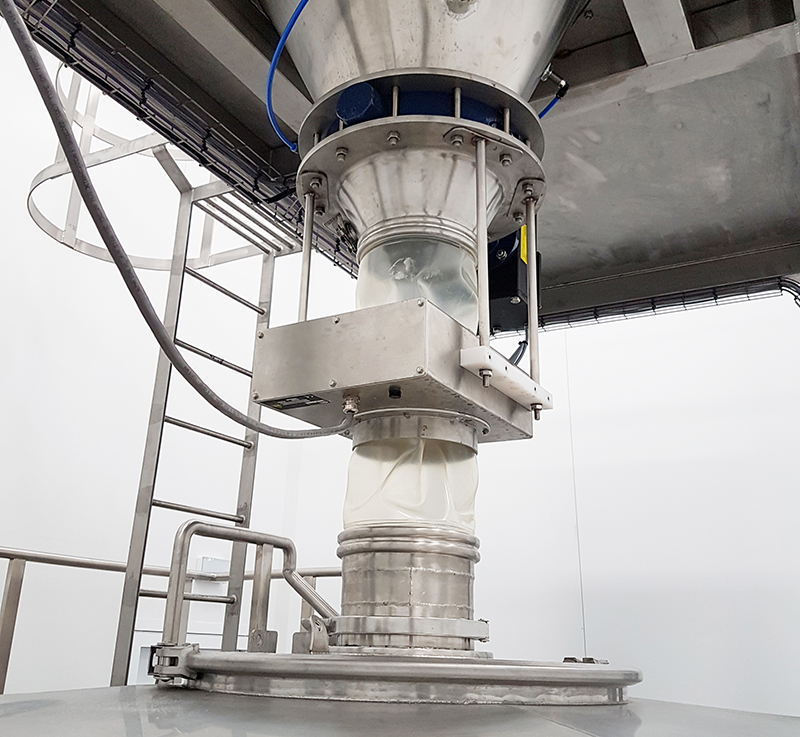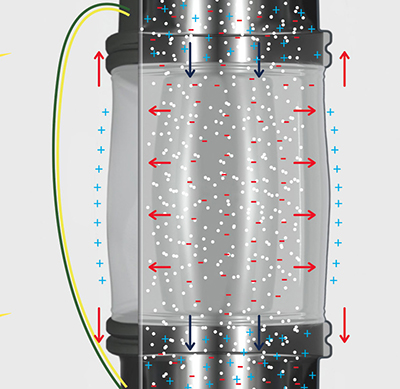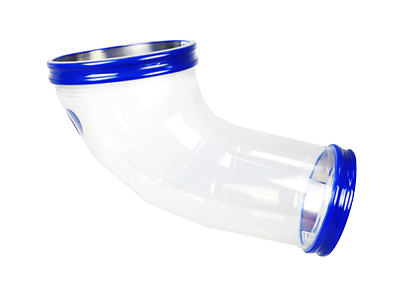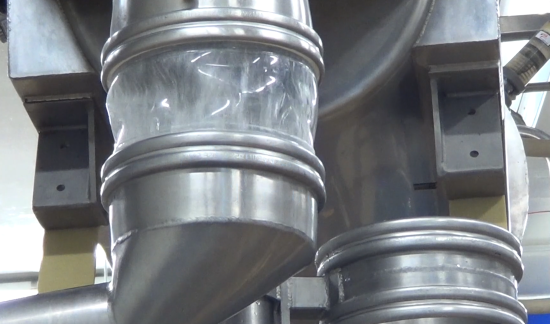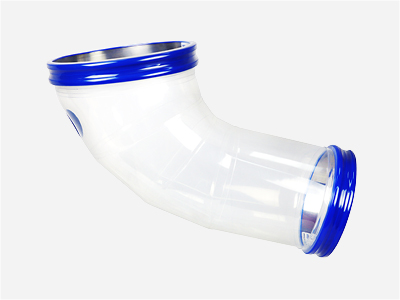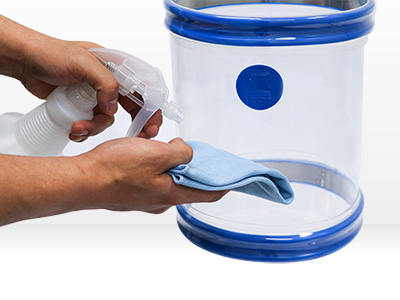No crevices to collect product so no build-up or contamination risk. Superior seal means they're safe for use in CIP cleaning cycles.
The tight seal, impervious media and ease of removal of the BFM® connector help to make cleaning and maintenance during clean in place (CIP) a breeze.
Seeflex 040E has excellent abrasion and chemical resistance. The connector can be used during the CIP process and very easily removed for cleaning any residual chemicals.

